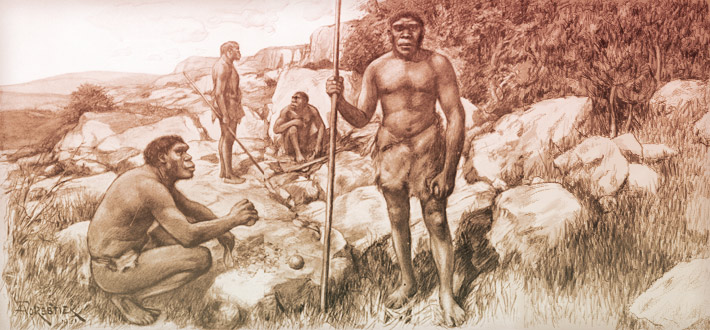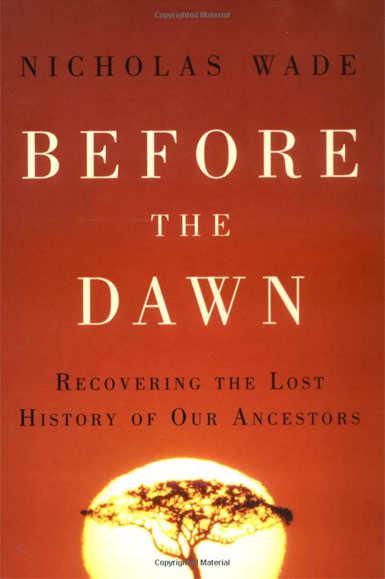
Homo Heidelbergensis: Forebears of Homo Sapiens
Neanderthals, Denisovans and Homo sapiens each evolved from Homo heidelbergensis, the first hominid to bury its dead—and quite possibly the first to use language.
Approximately two million years elapsed between the time H. erectus left Africa and H. sapiens followed. During this span, some African H. erectus evolved into Homo heidelbergensis, named for the location in Germany where their remains were first discovered.

H. heidelbergensis were the first early humans to enter Europe’s cold latitudes where they built shelters and used spears to hunt large game animals. Those that entered Europe were the ancestors of Homo neanderthalensis, or Neanderthals as we know them; another group moved further eastward into Asia and became the ancestors of the Denisovans; and those that remained in Africa are thought to be our own forebears.
They lived from perhaps 700,000 years ago until about 200,000, and possessed a brain almost as large as modern Homo sapiens. They were about the same size as Neanderthals, about our height but more robust.
They buried their dead, presumably the first humans to do so. Some paleoanthropologists believe H. heidelbergensis showed evidence of the first beginnings of language.

The Gap
The Science of What Separates Us from Other Animals
Thomas Suddendorf
A leading research psychologist concludes that our abilities surpass those of animals because our minds evolved two overarching qualities.

Before the Dawn
Recovering the Lost History of Our Ancestors
Nicholas Wade, New York Times
New York Times science writer explores humanity’s origins as revealed by the latest genetic science.
In the series: Our Hominid Predecessors
Related articles:
Further Reading »
External Stories and Videos

Did this Mysterious Ape-Human Once Live Alongside Our Ancestors?
National Geographic
After adding Homo naledi to the human family tree, researchers reveal that the species is younger than it seems.

Oldest Ever Human Genome Sequence May Rewrite Human History
Colin Barras, New Scientist
A date of 765,000 years ago brings the DNA evidence more in line with some recent fossil interpretations that suggest an older divergence between modern humans and the ancestor of the Neanderthals and Denisovans.
